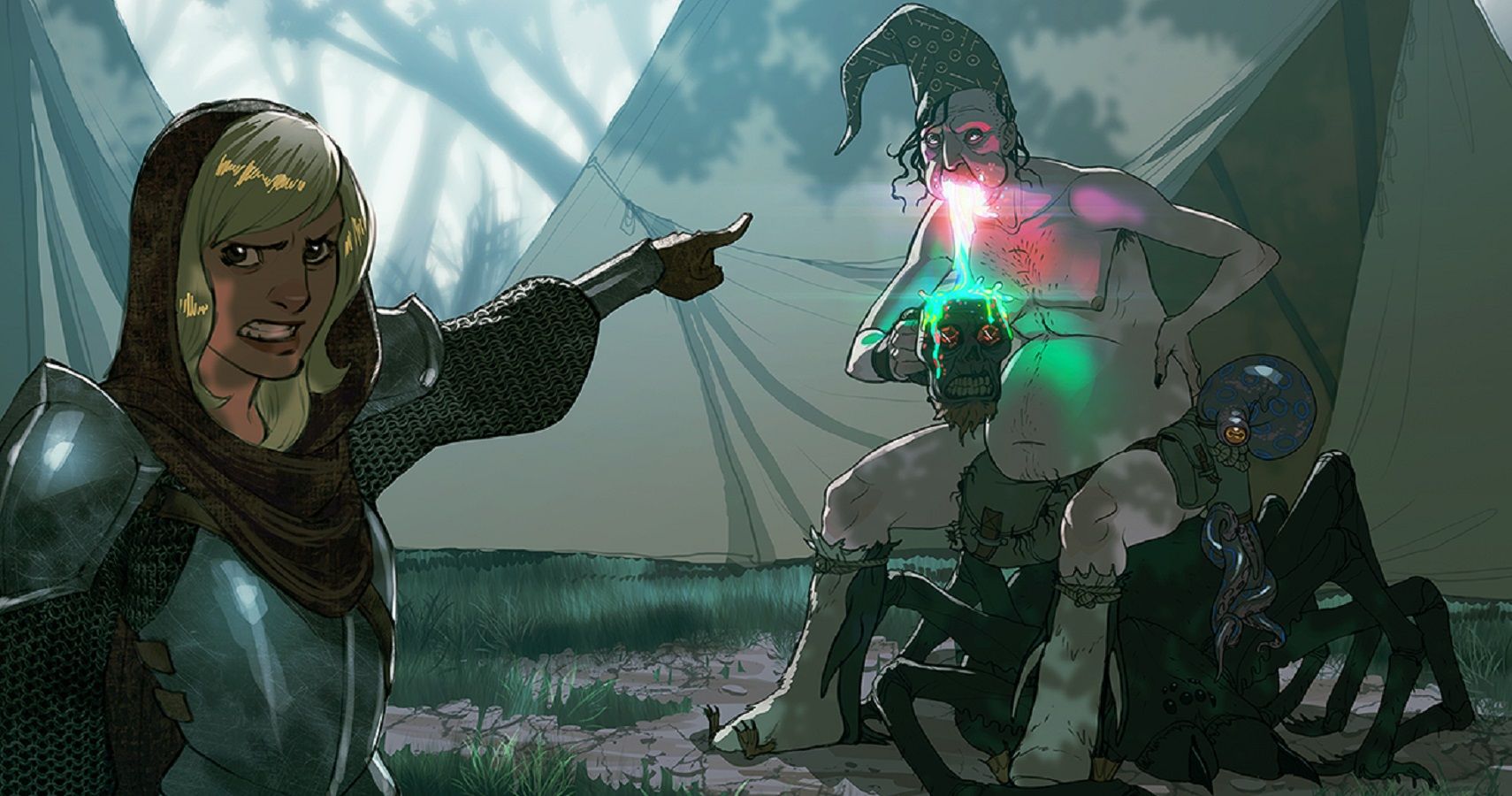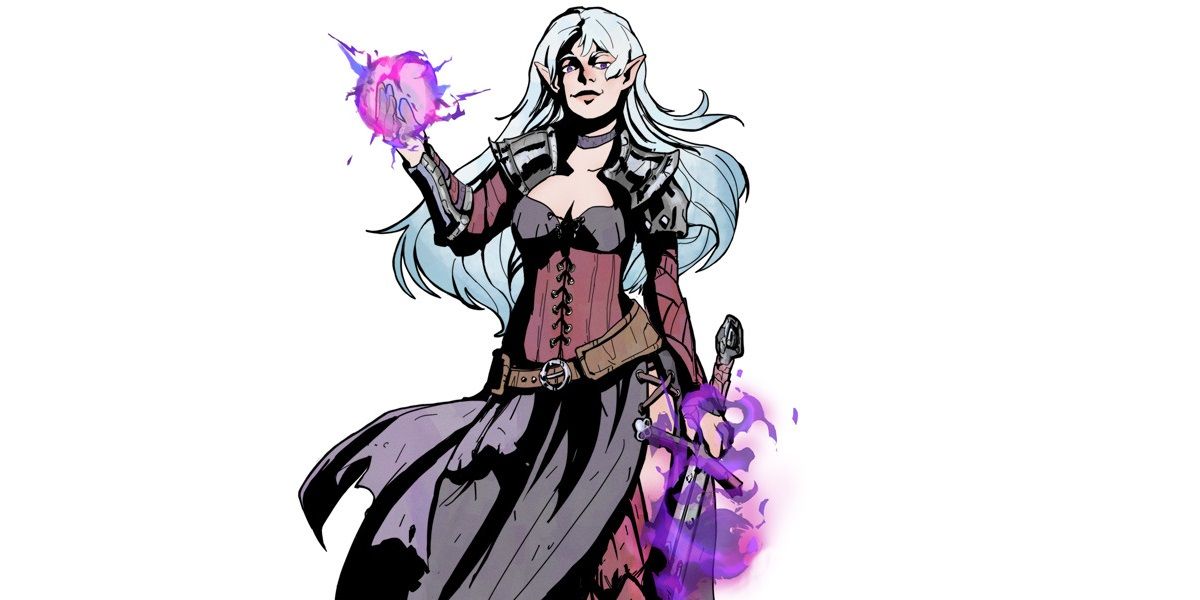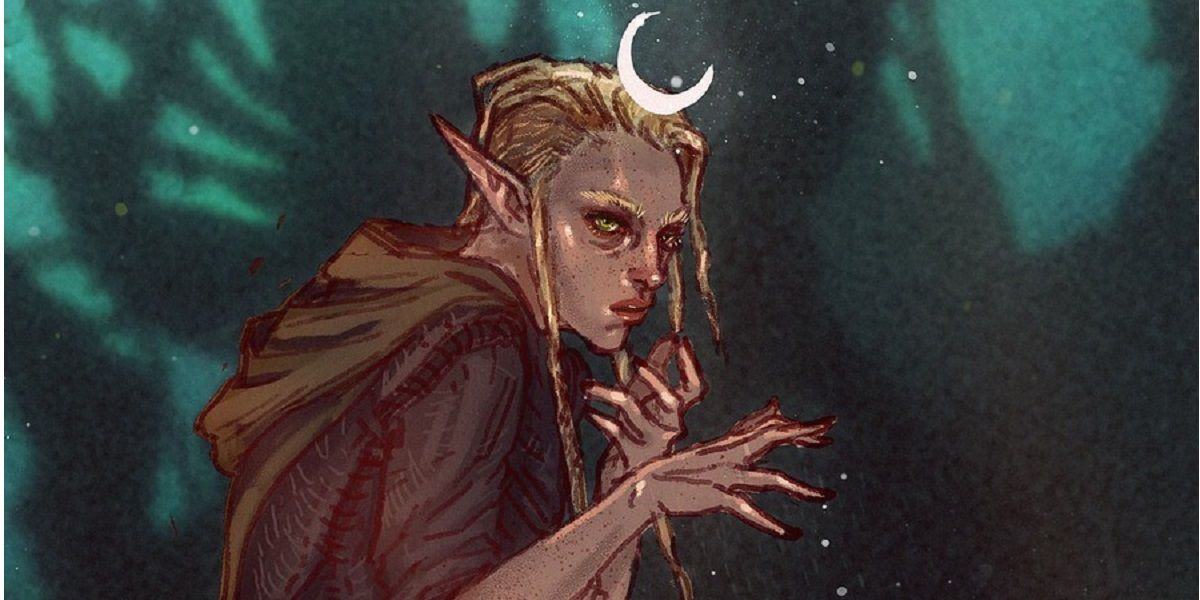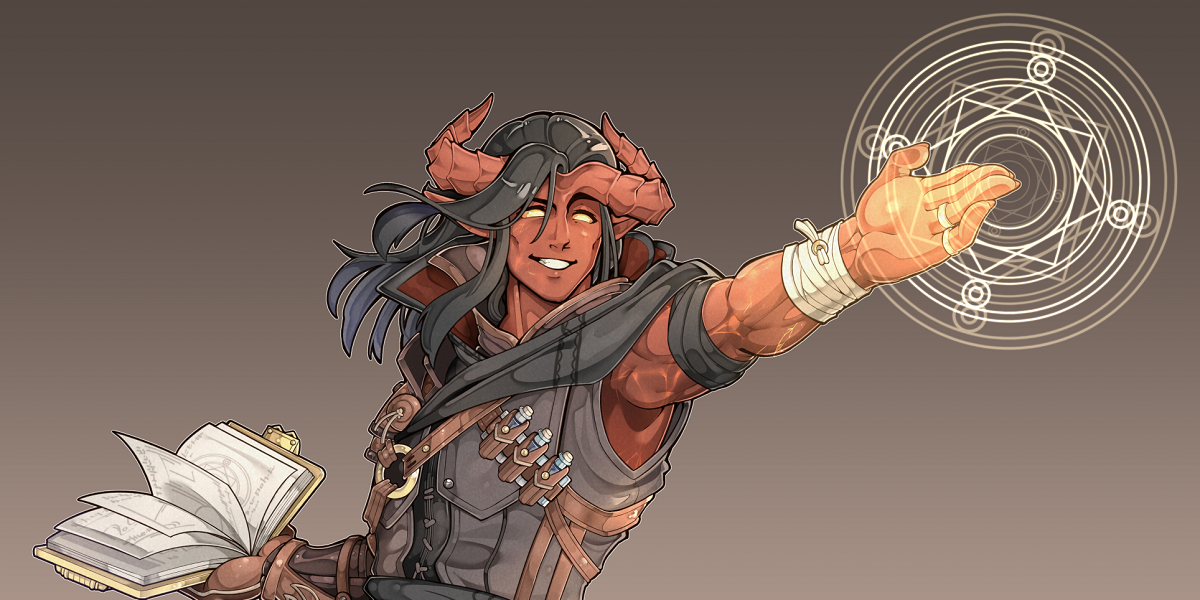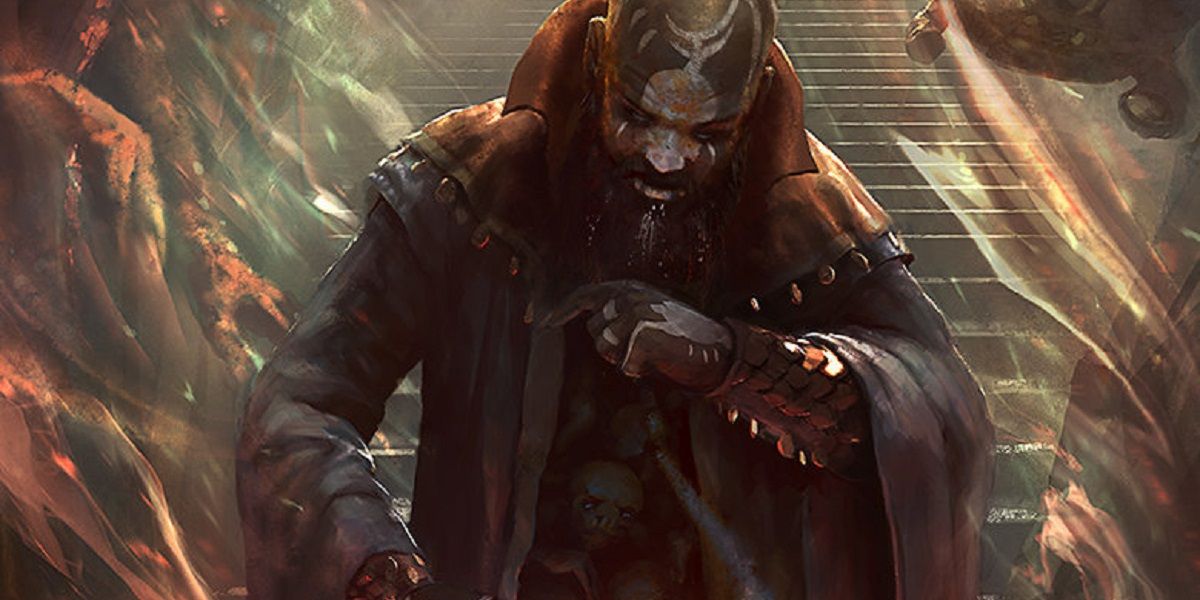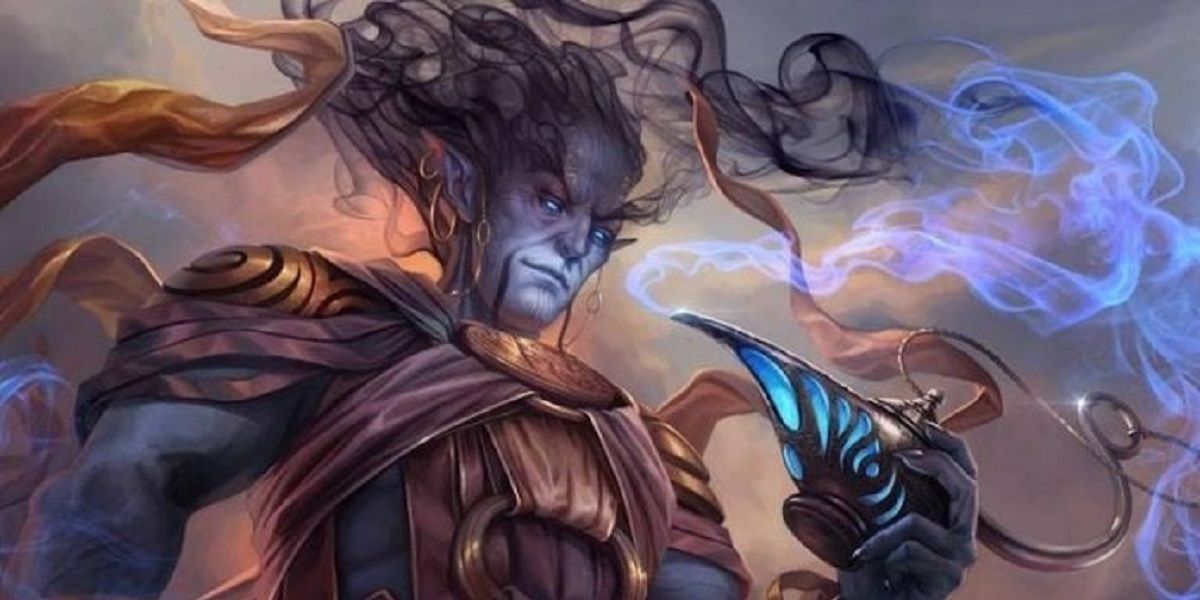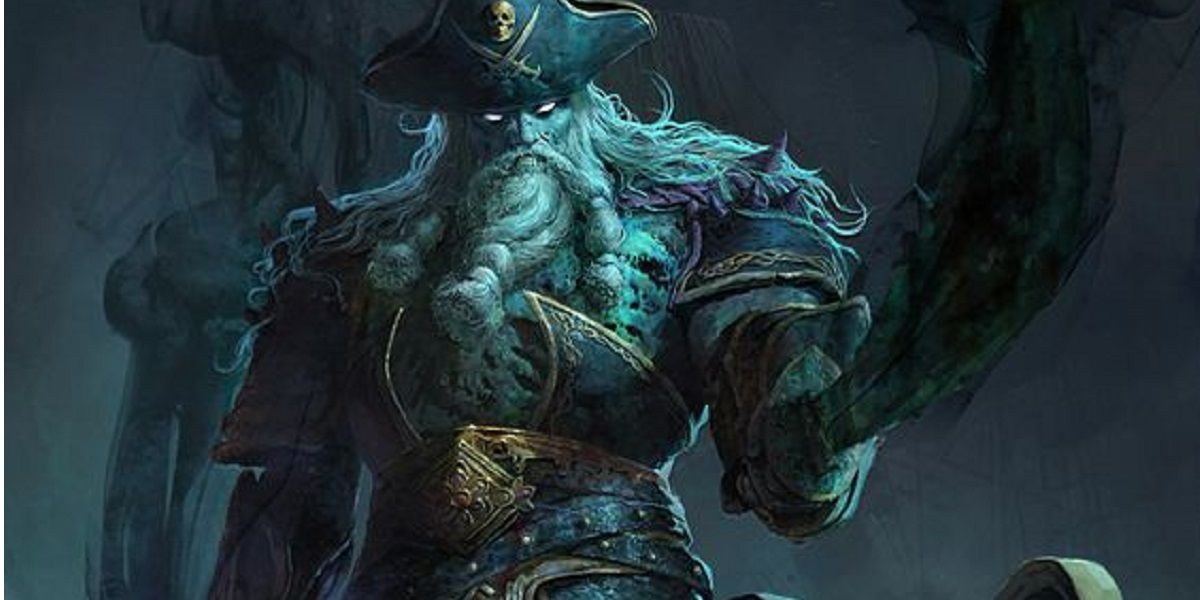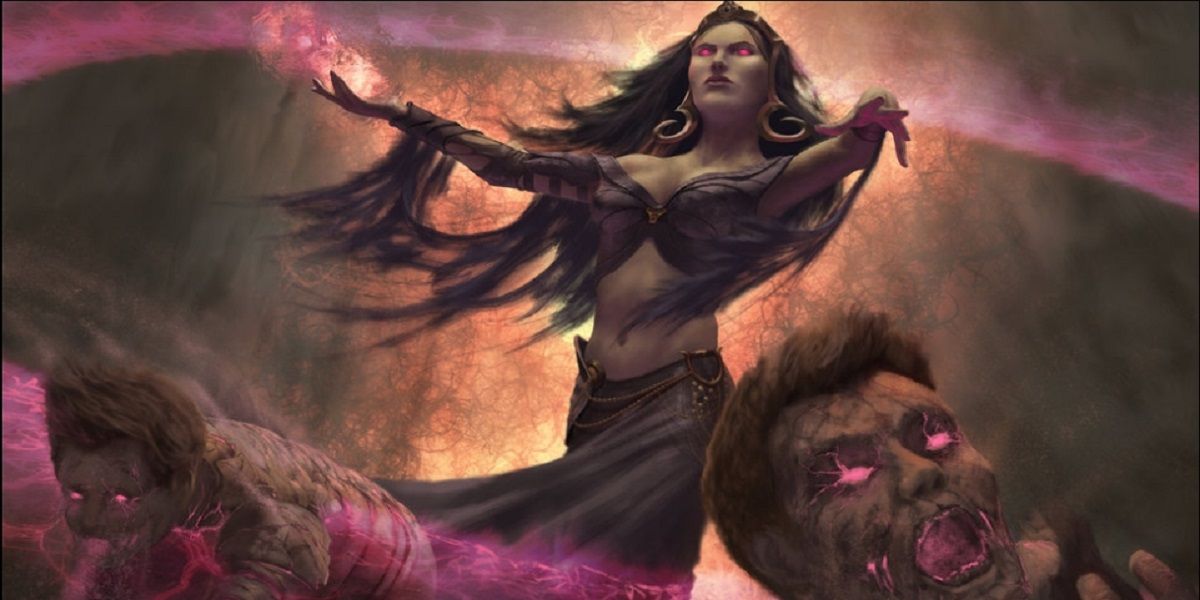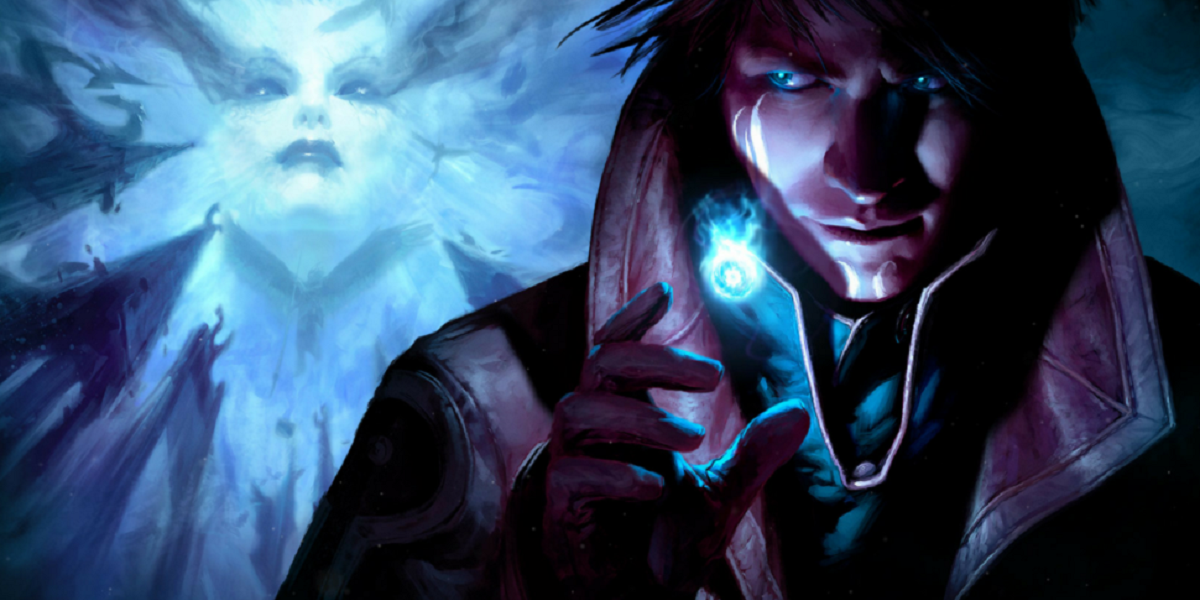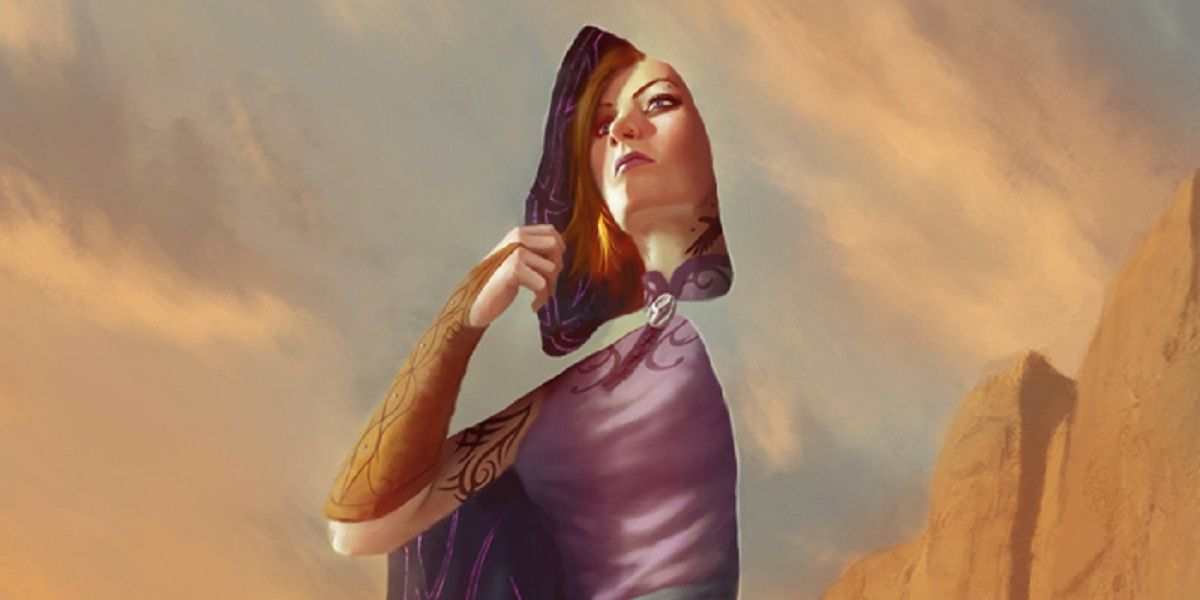The really interesting part of Dungeons & Dragons is all the unique patrons that a warlock can choose from. Unlike normal classes in D&D that simply choose at level three a specialization, at its very inception, the warlock gets to begin to specialize. The warlock can, of course, take a pact which will affect the way it plays, but the majority of its abilities are derived from its patron.
There are a variety of patrons in existence some of which are fantastic, some of which are lackluster. On this list are some of the better ones with a bit of a PSA at the end of it. It's always fun to have a cosmic sugar daddy (or mommy) granting a character the ability to cast spells. Remember, no matter what patron the player chooses, they must rub it in the wizard's face. The warlock gets magic spells and didn't have to study for years to get them, all they had to do was sell their soul!
10 Hexblade
These are blades that are marginally sentient and have a will of their own, which is cool. They can at least hold a conversation better than a barbarian can. The warlock character could talk to the bard if they're looking for company, but everyone knows how that ends. Bards can't go for more than five sentences without rolling for seduction.
The hex blade gives the warlock a solid melee base to rely on, and with the pact of the blade, it can make for quite the combatant. A decent means of bringing some melee to a class who has a notoriously limited spell range. It's the perfect way to make that edgy swordsman new D&D players seem to thrive on.
9 Archfey
That whimsical Peter Pan never never land feel is exactly what this patron provides. An odd and powerful spirit from the fey wilds grants the warlock a portion of their power in exchange for something. The creatures of the fey wild are incredibly wily and mischievous, great for a roguish or nature-oriented sort of player.
Much of the Archfey relies on control of the battlefield, as they grow in level they increase their mobility consistently. Finally, they can do the whole midsummers night dream schtick and throw around some powerful illusions that have pretty good utility.
8 Celestial
Sometimes the old rule of 'what does the party need?' is still the best way to go about building a character. Sometimes in D&D it's about what a specific party members need. Like the lawful good paladin that the person across the table made because they wanna smite things. The paladin definitely does NOT another need a reason to smite the warlock who may or may not be in cahoots with the dark gods.
The celestial patron is the warlock class that can support the party in combat with heals. The warlocks patron is likely an upper planar being that just isn't quite powerful enough to have clerics yet, so they make do with warlocks instead. So... congrats on being a bargain bin cleric.
7 Fiend
This is how the warlock player gets the paladin at the table angry. Just uttering the name of a lord of the abyss or nine hells is enough to set a smite happy paladin off on a crusade. However, serving dark and infernal powers has its benefits, at least the character knows exactly where they're going in the afterlife when the paladins done smiting them.
The fiendish warlock is a blaster with its ability to throw around some ranged firepower. Definitely thematic and fantastic for evil characters. If the fiendish warlock survives long enough it can even get the power to throw creatures through the hell and do massive damage.
6 Great Old One
The great old one warlock is for the player who likes to incoherently shriek and howl at the table while role-playing. If the goal was to make a patron whos simple patronage would drive a creature insane, this is it. The great old ones are unknowable Lovecraftian monsters whos names are forgotten to time, but they still find, the time, to make sure their followers are sufficiently insane.
This is a great class if a player wants to be convincing as AF, granting the ability to read minds and persuade others, this patron is fantastic for role-playing. An old one warlock will definitely contend with the party bard regularly on who does the talking for the party.
5 Noble Genie
Essentially a character rubs a lamp hoping for a wish and gets internally indentured to a near god-level powerful being. This patron is not messing around, it like things, in general, anything, it just wants it. The character is now tasked with collecting wealth, art, rare creatures, and general objects of interest for a genie.
Its unique focus is the attachment and production of things stored in the genies menagerie. At the end of the day, the warlock functionally attaches itself to others. Through this attachment, it can cast spells through other players. It's an interesting mechanic and possibly very abusable.
4 Kraken
When a character wants to role-play a Japanese tentacle monster aficionado, this warlock works pretty well. It boggles the mind that a Kraken could be a patron for an individual, but it does make sense lore-wise. They are evil dark creatures that wish to spread their influence so they can control everything. Why? Because evil, that's why.
The warlock can summon astral tentacles and touch people with them, grappling them and holding them in place, not joking. A lot of the spells and flavor for this class are water and storm oriented. So thunder lightning and saltwater are what a player can expect besides tentacles here.
3 Undying
When a player realizes just how squishy a warlock can be they can tend to panic. This patron is all about mitigating that squishiness. If the hex blade warlock is for edgy fighter types, this one is for creepy talking to skulls for fun types.
The patron is some undying creature, like a lich, or an immortal [insert thing here]. In reality, this is just a way to not have to worry so much about the undead. The warlock can force undead to target things besides themselves and get some necromancy related spells. Its got some practical utility and is great for a Dorian Grey type character.
2 The Seeker
For the player who just really wants to pretend they have some insight into the cosmos and start to speak in parables, the seeker is the right choice. The character is likely going to spend their time searching for knowledge and trying to unravel secrets. This begs the question, why didn't they choose a bard or wizard then? Well, whatever the answer, at least the paladin won't smite this warlock for breathing.
The seeker warlock has an AOE attack at first level which gives them resistance for a turn, which is okay. Their patron also can give them some dope bling composed of literal starlight that allows them to see a limited view of the future through ritual spells. A lot of movement and utility spells come with this patron, it doesn't really dish out damage.
1 A Homebrew
The homebrew, there are so many patron homebrews that exist out there for the warlock. Some of them are subversions of existing patrons, others unique and novel. They all deserve some love because of the time and effort someone put into creating that patron. Even if some of them are awful.
The player is welcome to make their own if the DM okays it and D&D is definitely more fun that way. A good rule of thumb in creating a patron, however, is that any patron must be stronger than an mindflayer elder brain. As otherwise, every mindflayer would also have warlock levels.

